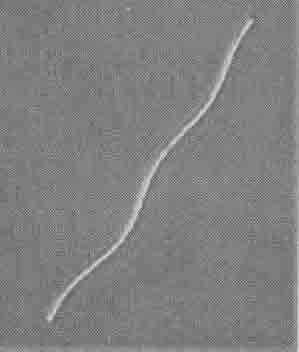The Superbugs Theory

Methanogenic Archaeon (primitive bacteria)
The
Superbugs Theory Suggest that, because of the discovery of a vast amount
extremophiles underground, life may have originated safely underground as tiny
microbes in the extreme environment.Chicago geologist Edson Baston first
proposed this theory in 1920
Superbugs can live in extreme conditions. They could exist as the following:
They are considered to be chemotrophs (chemosynthetic/chemosynthesis) because
they got their energy from chemicals. These superbugs can live 4 km (2.5 mi)
underground and 7 km (4.3 mi) below ocean floor. They can sustain temperature up
to 170º C (338º F).
The populations of superbugs are more than 1 billion per cubic centimeter @
the surface and about 10 million deep down. They increases at deeper depths.
Advantages for Superbugs theory
1.
Micro-organisms underground are not affected by the bombardment of earth
on the surface
2.
No ultraviolet radiation when underground
3.
No dust from volcanoes underground
4.
No climatic variations underground
5.
More raw materials necessary for life (reducing gases)
a.
Hydrogen
b.
Methane
c.
Ammonia
d.
Hydrogen Sulfide
e.
Other minerals
6.
Energy available underground
a.
Maximized @ 100º to 150º C
b.
Gain energy from fabricating compounds
7.
The archaea has evolved the least, meaning earliest form of life
8.
Subsurface has changed far less than surface (same primitive organisms)
9.
Microbes can make energy from chemicals (Chemotrophs)
Microbes
the are believed to have risen from ground and adapted as surface dwellers.
